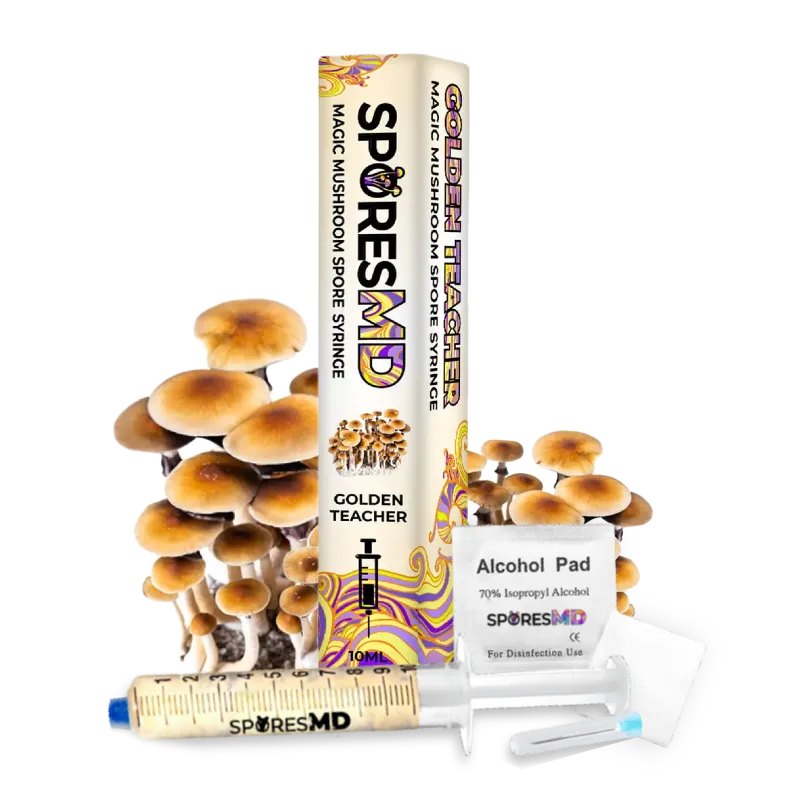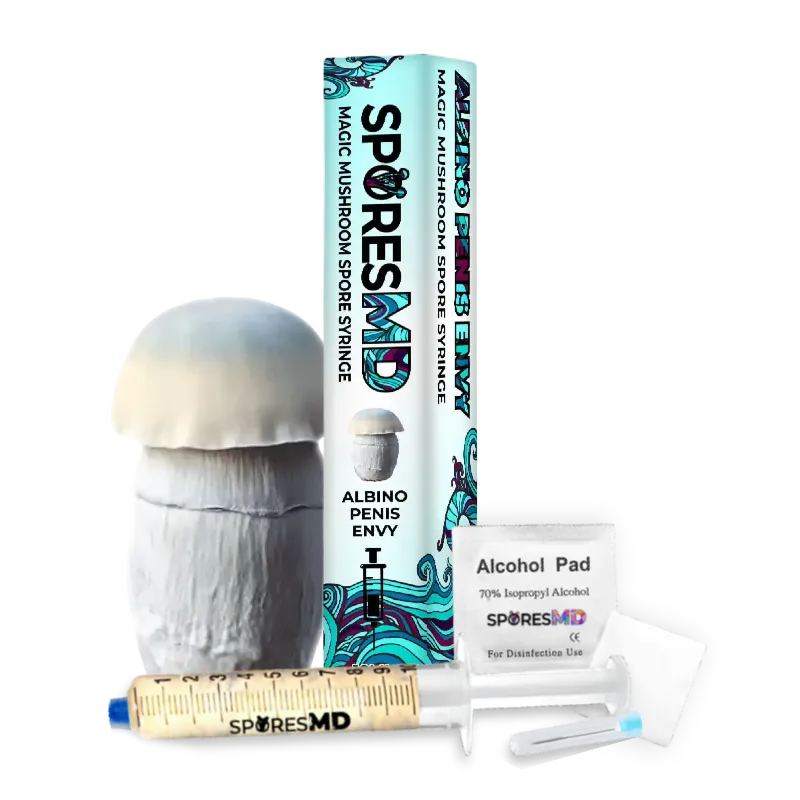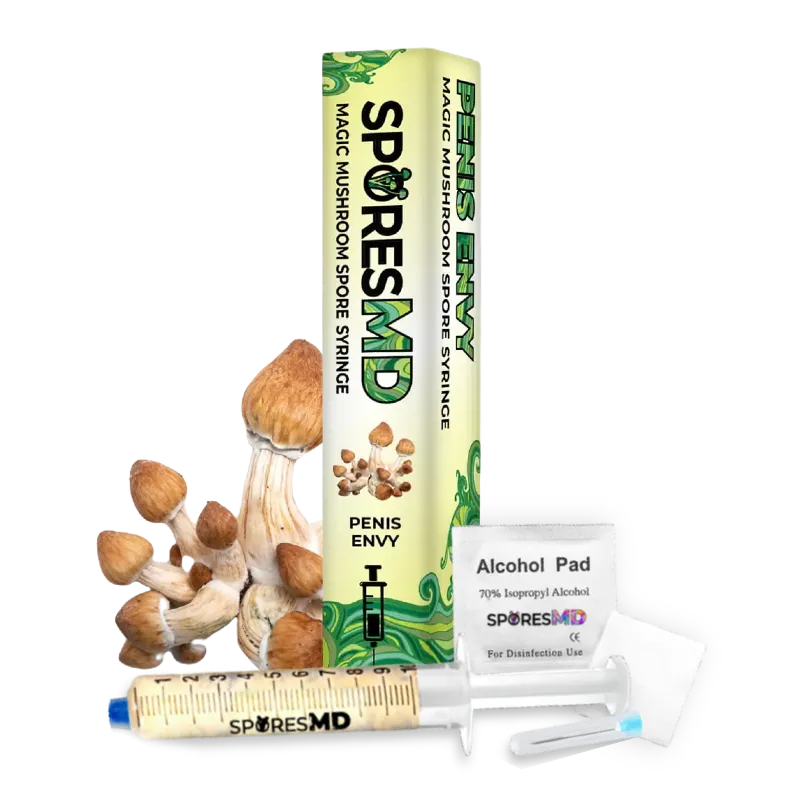Mushroom spores come from the gills, pores, or other spore-producing structures of mature mushrooms. These tiny, dust-like particles are the fungi’s way of reproducing and spreading. When conditions are right, spores are released into the air.
You might be wondering how these microscopic spores travel. They often hitch a ride on the wind, animals, or water. Once they land in a suitable environment, they germinate and form new fungal colonies. Understanding where mushroom spores come from helps you appreciate the intricate life cycle of these fascinating organisms.
Key Takeaways
- Mushroom Spores Origin: Mushroom spores are produced in the gills, pores, or other specific structures of mature mushrooms, essential for fungal reproduction and dispersal.
- Spore Formation and Structure: Spores develop on sterigma, extensions of basidium found within gills. They are single-celled and microscopic, capable of surviving harsh conditions until they find favorable environments.
- Dispersal Mechanisms: Spores spread via air, animals, water, or self-propulsion, ensuring they reach diverse environments for successful germination.
- Types and Characteristics of Spores: Different mushroom species produce spores varying in size, shape, and color. Examples include brown spores from Agaricus Bisporus and elliptical, white spores from Oyster mushrooms.
- Role in Fungal Lifecycle: Spores ensure the continuation and genetic diversity of fungi, initiating new growth cycles by germinating into hyphae and ultimately forming new mycelium and mushrooms.
- Research and Study Importance: Studying spores through techniques like spore prints and microscopy is crucial for understanding fungal biology, aiding research, and enhancing cultivation practices.
Understanding Mushroom Spores
Mushroom spores are essential for the reproduction and dispersal of fungi. These microscopic structures ensure the continuation of mushroom species.
What Are Mushroom Spores?
Mushroom spores are single-celled, microscopic structures. They serve as the reproductive units of fungi. Spores can withstand harsh conditions, remaining dormant until they find favorable environments.
How Mushroom Spores Form
Spores form within the gills or other specialized structures of mature mushrooms.
- Basidium: Spore-bearing structures.
- Sterigma: Extensions of basidium.
- Spore Formation: Spores form on sterigma.
These spores travel via air, animals, or water.
Types of Mushrooms and Their Spore Production
Mushroom spores are microscopic, single-celled reproductive structures produced by fungi. They form inside the gills on sterigma, extensions of spore-bearing structures called basidium.
Common Varieties and Their Spore Characteristics
Agaricus Bisporus
The common white button mushroom produces spores in large quantities. They appear brown and smooth, measured at 5-7 micrometers.
Oyster Mushrooms (Pleurotus Ostreatus)
Oyster mushrooms release spores that are 7-10 micrometers, white to lilac hue, and elliptical. They form a white spore print on surfaces.
Shiitake Mushrooms (Lentinula Edodes)
Shiitake spores are 4-6 micrometers, globose, and white to pale. They funnel spore release during night times.
Rare Mushrooms and Spore Differences
Morel Mushrooms (Morchella)
Morel spores are 18-24 micrometers, elliptical, with unique furrows. They’re yellowish and form ejected spore clouds.
Lion’s Mane (Hericium Erinaceus)
Lion’s Mane spores are 5-8 micrometers, round, and white. They tend to fall in comb-like structures.
Cordyceps
Cordyceps spores measure 5-6 micrometers and are hyaline (transparent). They show a crescent shape, adapt well to insect hosts.
Visual elements like microscopy images of spores can be found at credible mycology resources. Efficient spore collection enhances research and cultivation—delve into diverse spore characteristics.
The Role of Spores in Mushroom Reproduction
Mushroom spores are microscopic, single-celled reproductive structures produced by fungi. They form inside the gills on sterigma, extensions of spore-bearing structures called basidium. These spores survive in unfavorable environments for extended periods, germinating into new mushrooms when they land in suitable locations with good food sources.
How Spores Contribute to Fungal Lifecycle
Spores play a crucial role in the fungal lifecycle. They ensure genetic diversity, initiating a new growth cycle when conditions are favorable. Spores germinate, forming hyphae, which spread and fuse with other compatible hyphae to form mycelium. This mycelium grows, eventually developing into a new mushroom.
Spore Dispersal Mechanisms
Different mechanisms aid in spore dispersal:
- Air Dispersal: Most common method. Spores released into the air.
- Animal Dispersal: Animals like insects and mammals carry spores.
- Water Dispersal: Spores spread by rain or flowing water.
- Self-Propelled Dispersal: Certain species eject spores with force.
Each dispersal method ensures spores reach diverse environments, increasing the chance of successful germination.
Studying Mushroom Spores
Mushroom spores, microscopic single-celled structures, handle the reproduction of fungi. These resilient spores form on sterigma, extensions of basidium, located on the gills of mature mushrooms.
Methods of Collecting and Studying Spores
Researchers use several methods to collect and study mushroom spores. Common techniques include spore prints, swabbing, and spore suspension.
- Spore Prints: Place the mushroom cap face-down on a piece of paper for 24 hours. This method captures a spore imprint.
- Swabbing: Swab the gills with a sterile cotton swab. Transfer spores from the swab to a microscope slide for study.
- Spore Suspension: Immerse the mushroom cap in water. Shake gently to release spores, then examine the suspension under a microscope.
Visual aids like microscopy images enhance your understanding of spore structures. Efficient spore collection aids research and cultivation.
Importance of Spores in Mycology
Spores are crucial in mycology for several reasons.
- Genetic Diversity: Spores contribute to genetic variation, essential for adaptation and survival.
- Reproduction: They play a key role in the life cycle, developing into new mycelium and mushrooms.
- Environmental Impact: Spores help fungi colonize and thrive in diverse environments.
Understanding spore biology aids in research and cultivation. Their study reveals insights into fungal behavior and ecosystem roles.
Conclusion
Mushroom spores play a pivotal role in the life cycle and propagation of fungi. Their resilience and ability to spread through various mediums make them essential for the survival and diversity of mushroom species. By collecting and studying spores, you can gain valuable insights into fungal behavior and their ecological roles. If you’re looking to delve deeper into mycology or need reliable mushroom spore syringe samples, consider visiting SporesMD for more information. Understanding and harnessing the power of spores opens up new avenues in research and cultivation, contributing to a richer knowledge of the fungal world.

![7 Fascinating Facts About Where Mushroom Spores Come From [Expert Insights]](https://sporesmd.com/wp-content/uploads/2024/02/where-do-mushroom-spores-come-from-featured-image.webp)



